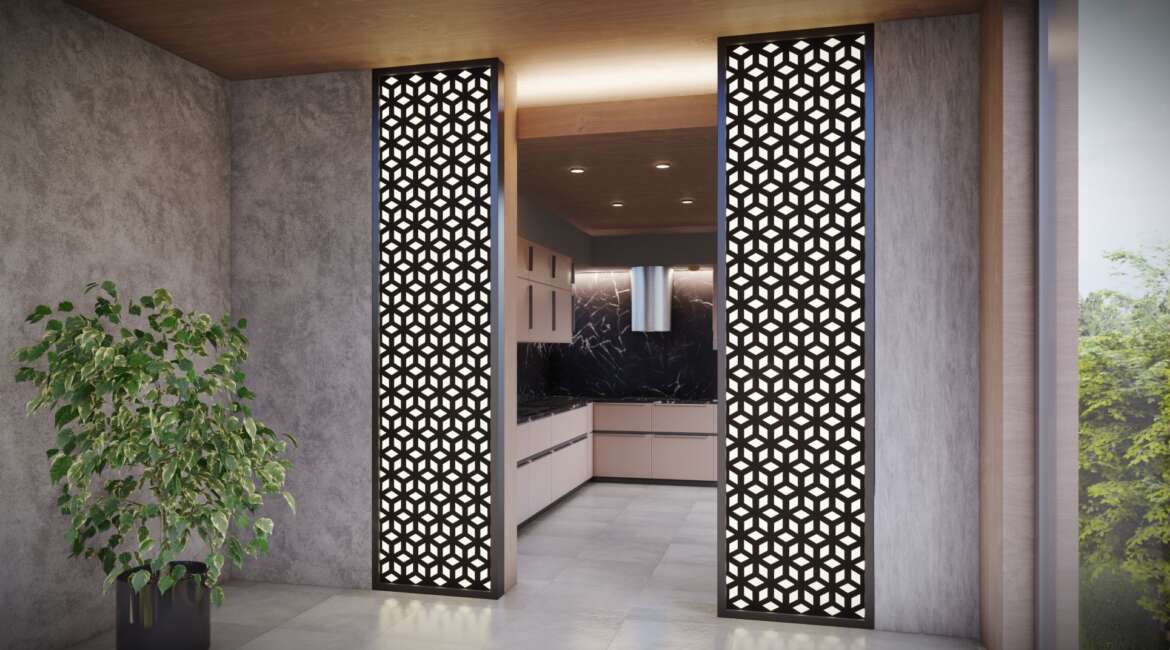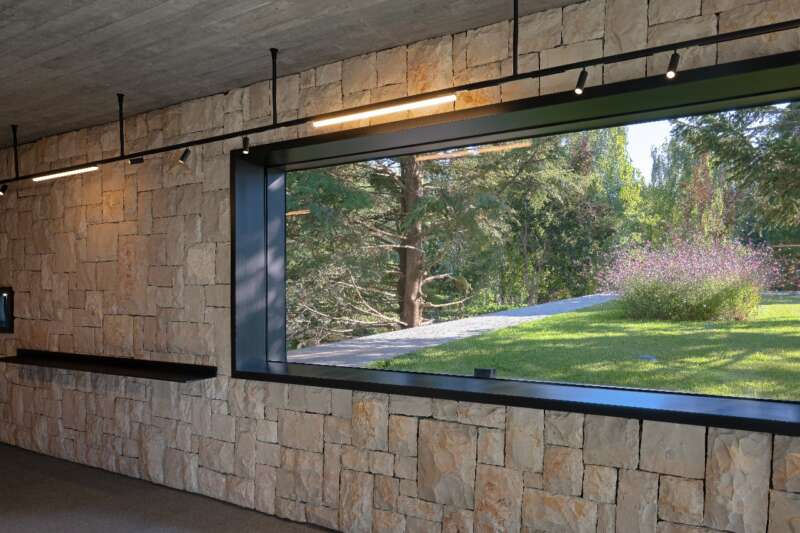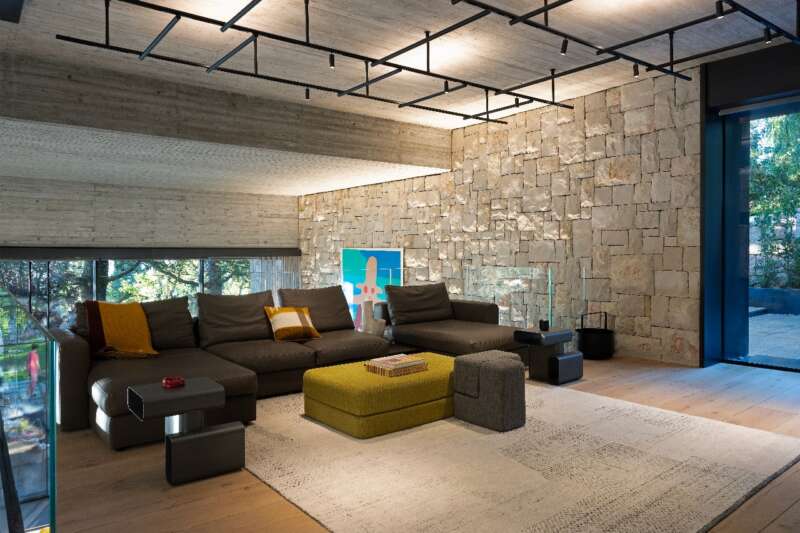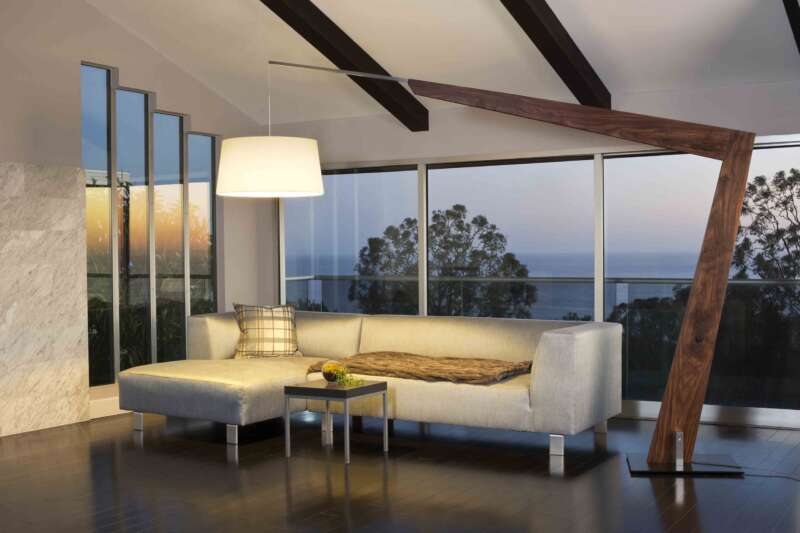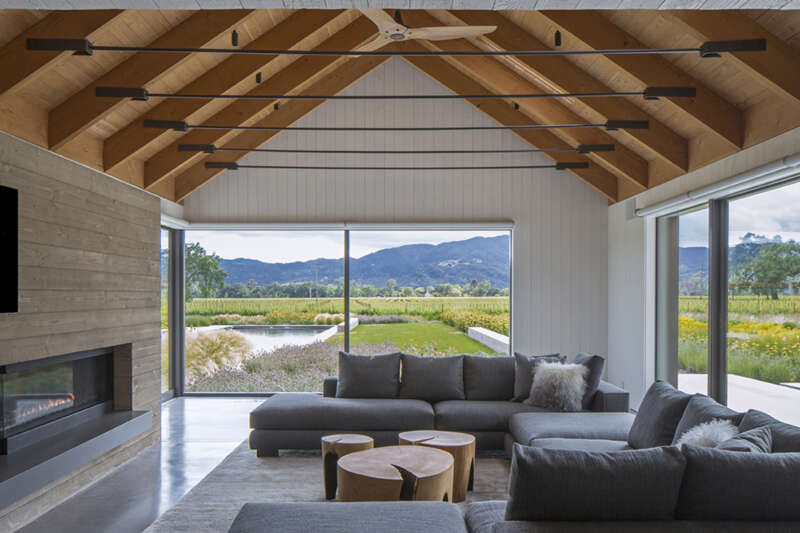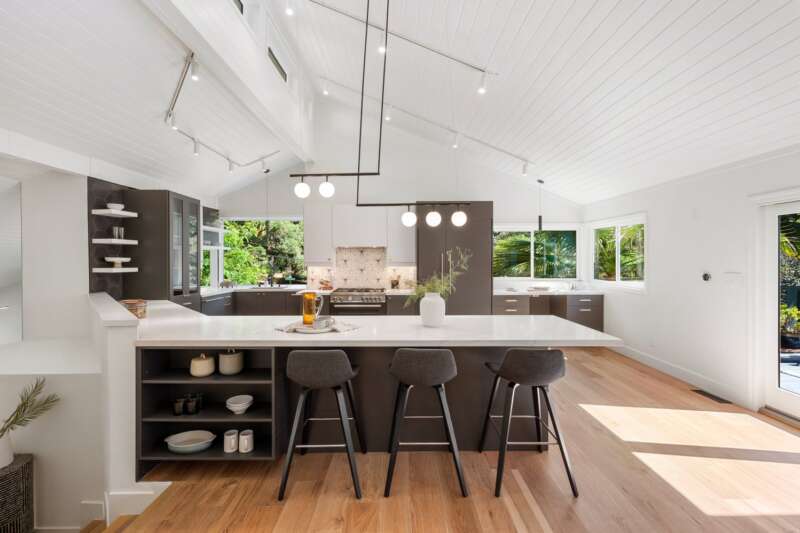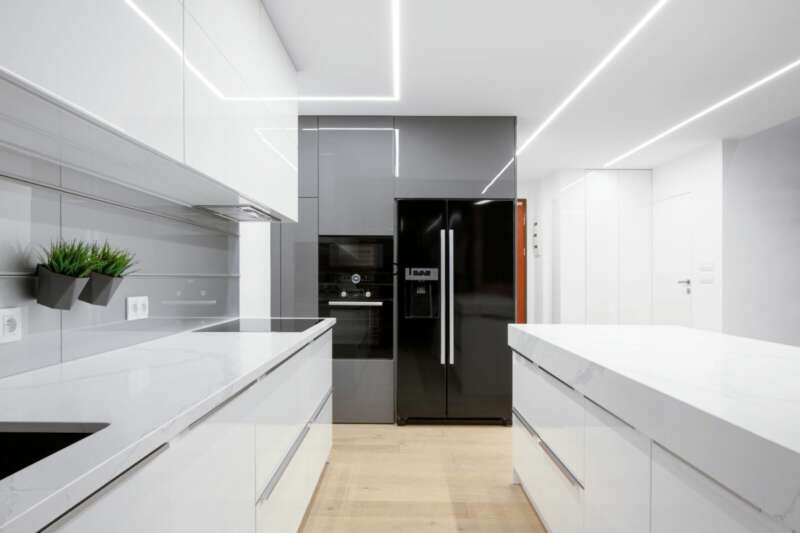Architectural design aims to balance economy, elegance, and efficiency. Perforated metal paneling and wire mesh certainly apply to all three.
Architectural perforated metal panels are solid pieces with holes punched or cut into them.
Architectural wire mesh is metal wire that’s woven with corrugated wire using a loom, much like yarn woven into quilts.
3 Reasons to use architectural wire mesh and perforated metal panels
Are you going for a unique aesthetic? Like other metal architecture components, wire mesh and perforated metal have their own feel. The aesthetic is versatile based on specified hole size, hole pattern, and material.
These architectural metal products offer a few other natural perks:
1. Acoustic Benefits:
– Industrial soundproofing
– Busy roads
– Meeting places
– Other privacy/quiet needs
2. Ventilation/Filtration of Light, Air, Heat, & Gas
– Drainage of liquids
– Pressure & atmosphere control
– Temperature balance
3. Privacy & Security
– Separation by visual “planes” that offer partial privacy & light shading
– Stairway railing infill panels that offer safety
– Full-height wall surfaces that allow see-through openness, but also security of contents
Common uses for architectural perforated metal & wired mesh
The list of architectural design ideas below emphasizes the versatility of perforated sheet and metal mesh. It just may be able to meet your unique needs and vision:
-Decorative wire mesh panels
-Shutters
-Soundproofing
-Drainage
-Facade
-Fencing
-Lattice
-Perforated metal screen architecture/decorative wire mesh screen
-Stairs
-Seating
Playing mix-and-match with these elements changes the feel drastically. The aesthetic can be light, playful, and delicate (ex: decorative brass wire mesh) or a heavy and impenetrable barrier (ex.: architectural stainless steel wire mesh). They can be used as a purely functional element, purely decorative, or somewhere in between.
How to makes it stand out?
Standard manufacturing of many perforated metal architecture pieces leaves them with an edge of solid metal. It’ll be the same height as the rest of the panel, so if you want your edging to stand out, you’ll need a secondary product.


